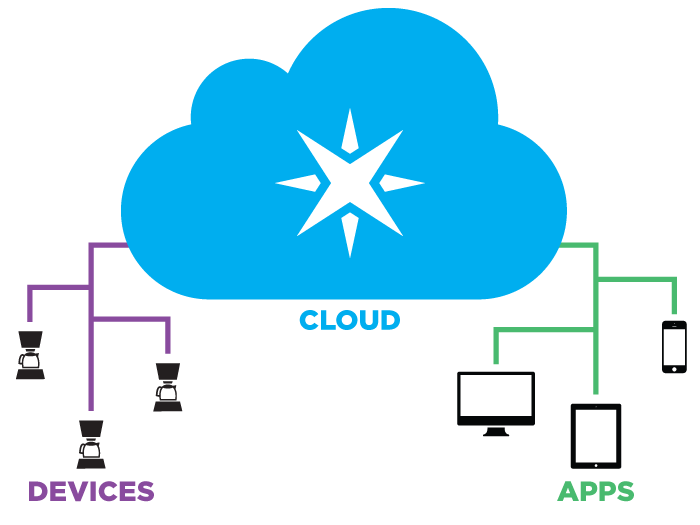The importance of the cloud to the Particle becomes evident soon after you purchase your first Photon. That very week, a couple of young Particle engineers happen to be in Boston, to make a presentation at the hardware incubator Bolt.
When you arrive, a dozen or so hardware hackers are gathered around a large conference table. A few Particle Photon boards are getting passed around: they are small, elegant, bristling with promise. Each one is seated in a square, thick chunk of foam, like a high tech jewel, encased in a rough-textured cardboard box.
Hardware hackers and professional electrical engineers are peppering the Particle team with questions.
About twenty minutes into the discussion, one participant poses a surprising query.
"What's the dog and what's the tail?" he asks as he holds up one of the boards.
"Is this board the dog, or is it the tail?," he elaborates. "I'm thinking the dog - the most important part of this product -- is the cloud."
"The cloud is the dog," one of the Particle engineers responds flatly, without hesitation. "What you're holding is the tail."
You flip through one of the spec sheets that are circulating. This illustration catches your eye: the little devices out there in the world (far left), all connected to the cloud (middle), and via the cloud to the application running on your desktop computer or phone (far right).
Notice that the arrows go both ways.

And then there's this illo, below: "devices" (in this case coffeemakers), each with an embedded Particle Photon, controlled by applications on computers, phones, and tablets via the cloud.

From the documentation:
When you connect your Particle to Wifi, it sets up an "agent" on its cloud server. Then you just have to control that, and it will communicate to your device.
This is good news: the cloud connection makes the Particle a much more interesting device.
On the internet:
- The Particle Device Cloud
